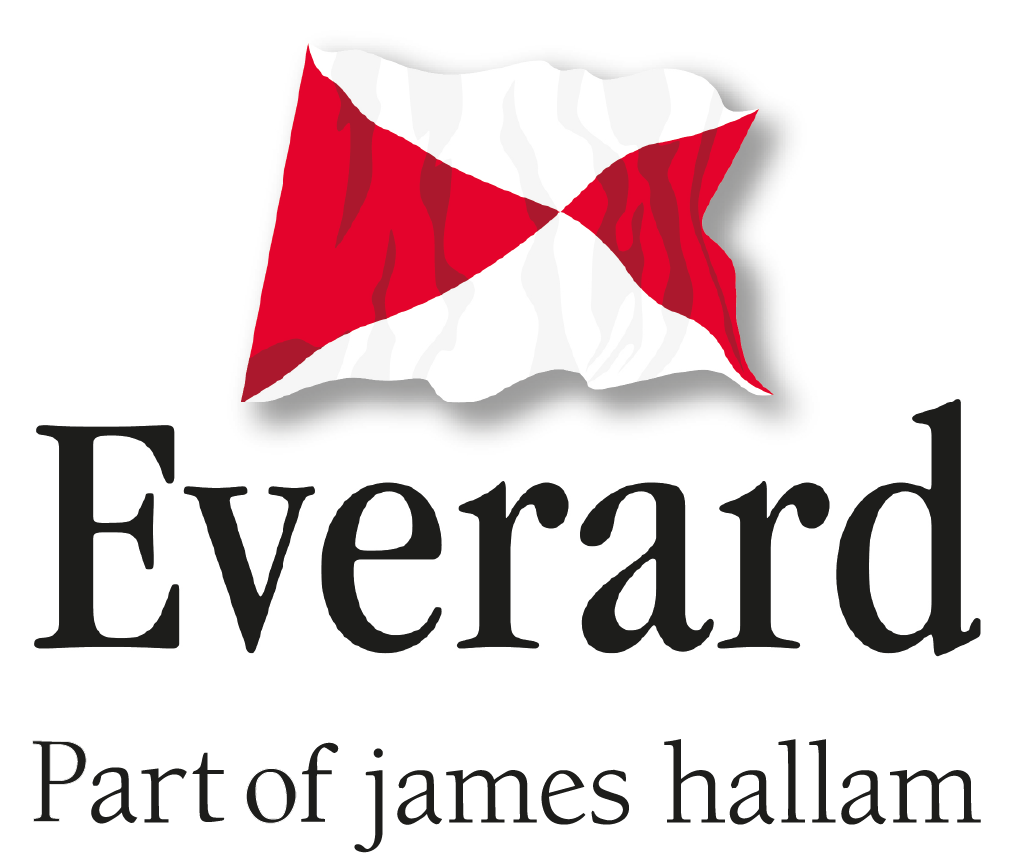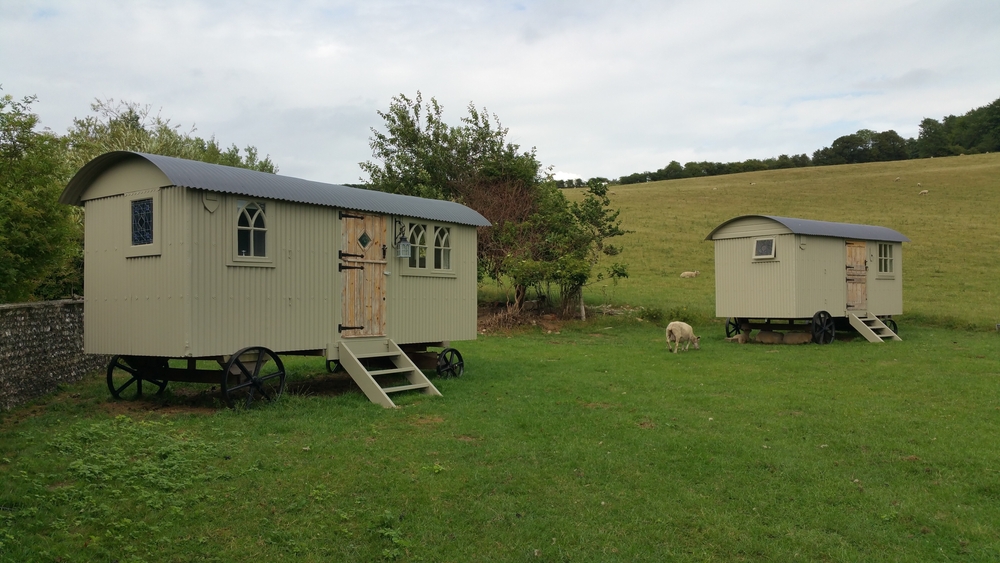For centuries, whisky has been celebrated as a drink to savour, a glass shared with friends, a marker of special occasions. But in recent years, it has become something more: an investment class in its own right. Rare bottles and vintage casks now sell for six-figure sums, and investors are increasingly treating whisky as seriously as fine art, classic cars, or Bordeaux wine.
From dram to asset
The shift didn’t happen overnight. In the 1960s and 70s, wealthy individuals began quietly purchasing casks for private enjoyment. By the 1990s, collectors were turning their attention to bottles from distilleries that had long since closed, like Brora or Port Ellen. When Japanese whiskies such as Hanyu and Yamazaki burst onto the scene in the early 2000s, the market began to take global shape.
Fast forward to today, and whisky has fully crossed into investment territory. Dedicated auction houses run specialist sales, investment funds now offer whisky portfolios, and global indices track the market’s performance. In the past decade alone, whisky prices have grown at rates of 15–20% annually, putting the market’s global value at around £10 billion.
What drives value
Like any alternative asset, whisky’s value depends on scarcity, quality, and story. Some of the most important drivers are:
- Closed distilleries. Bottles from Port Ellen or Brora, long since shuttered, command extraordinary premiums.
- Age and maturity. The longer the whisky rests in cask, the rarer and more valuable it becomes.
- Critical acclaim. Glowing reviews from respected publications can elevate bottles into collector territory.
- Packaging and provenance. Original boxes, intact labels, and certificates make a tangible difference to value.
Global tastes, global markets
One of the most fascinating aspects of whisky investment is how preferences vary across the world:
- Scotland. Macallan continues to set records, while Islay’s peated whiskies inspire cult-like devotion.
- Japan. Yamazaki and Hanyu dominate headlines, with boutique producers like Chichibu becoming instant collector favourites.
- Emerging regions. From American bourbon to Irish single pot stills, and newer entrants in Taiwan, India and Australia, global expansion is fuelling new opportunities.
How whisky performs
The numbers speak volumes. The Rare Whisky Icon Index has risen nearly 500% since 2008, outperforming the FTSE 100, fine wine, and even classic cars. Japanese whisky has been the standout, showing almost 600% growth over the same period. Importantly, whisky’s correlation with traditional assets is low, making it a powerful tool for diversification.
Of course, performance has not been without bumps. During the 2008 financial crisis and again in the early months of the COVID-19 pandemic, prices dipped. But both times the market recovered swiftly, reinforcing whisky’s reputation for resilience.
More than a drink
What makes whisky unique as an investment is that it combines craftsmanship, heritage, and culture in a way few assets can. Each bottle tells a story of a place, a distillery, sometimes even a single cask and collectors aren’t just buying liquid in a glass, but a piece of history.
The water of life has always carried meaning. Today, it carries financial weight too. For those willing to look beyond traditional assets, whisky may prove not just a pleasure to drink, but a portfolio’s secret ingredient.
Get in touch for help and advice
If you have any concerns or queries on your insurance cover please don’t hesitate to speak to us.
You can call any of the team on 0203 002 9859 or email pcl@jameshallam.co.uk





 Savannah Armitage, Team Leader (Ipswich): Chartered Insurance Institute and BDMA qualified, Savannah is the principal handler for Private Client claims. With extensive experience across liability, property and motor, she has managed major losses involving high-value property, artwork, jewellery and international assets.
Savannah Armitage, Team Leader (Ipswich): Chartered Insurance Institute and BDMA qualified, Savannah is the principal handler for Private Client claims. With extensive experience across liability, property and motor, she has managed major losses involving high-value property, artwork, jewellery and international assets. Jenna Warman (London): Based close to our London Private Client team, Jenna brings extensive property loss expertise and London Market experience, with a strong advocacy background in negotiating with insurers and loss adjusters.
Jenna Warman (London): Based close to our London Private Client team, Jenna brings extensive property loss expertise and London Market experience, with a strong advocacy background in negotiating with insurers and loss adjusters. Amelia Collings (Ipswich): The first of our in-house Claims Academy, she is progressing along the CILA route. Despite her early career stage, she has already delivered fantastic results for clients, including securing significantly enhanced settlements.
Amelia Collings (Ipswich): The first of our in-house Claims Academy, she is progressing along the CILA route. Despite her early career stage, she has already delivered fantastic results for clients, including securing significantly enhanced settlements.
 Proactive steps to reduce your risk
Proactive steps to reduce your risk




